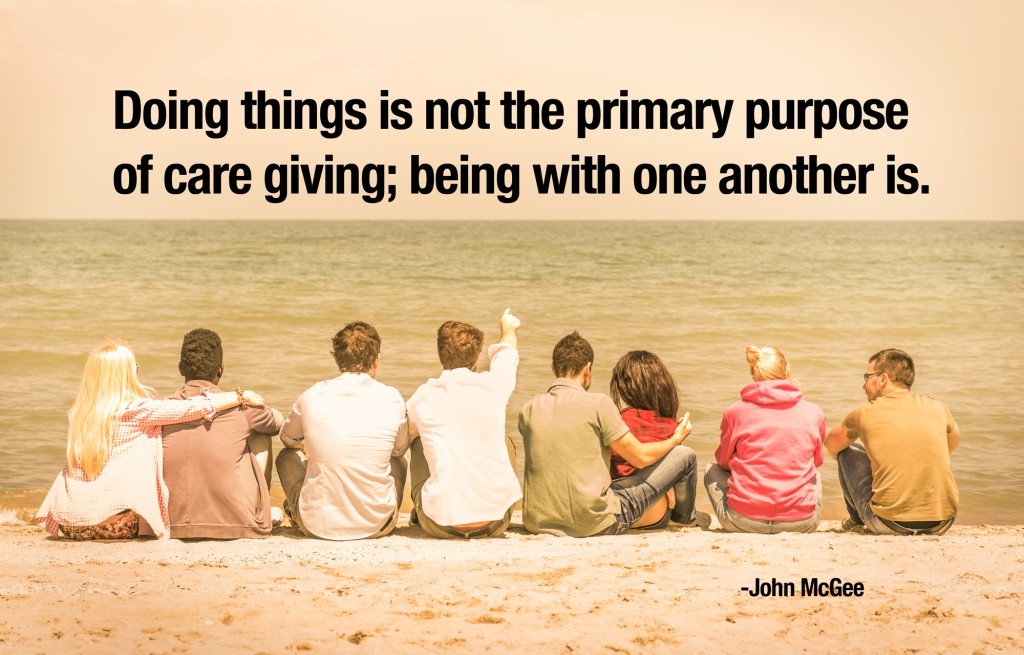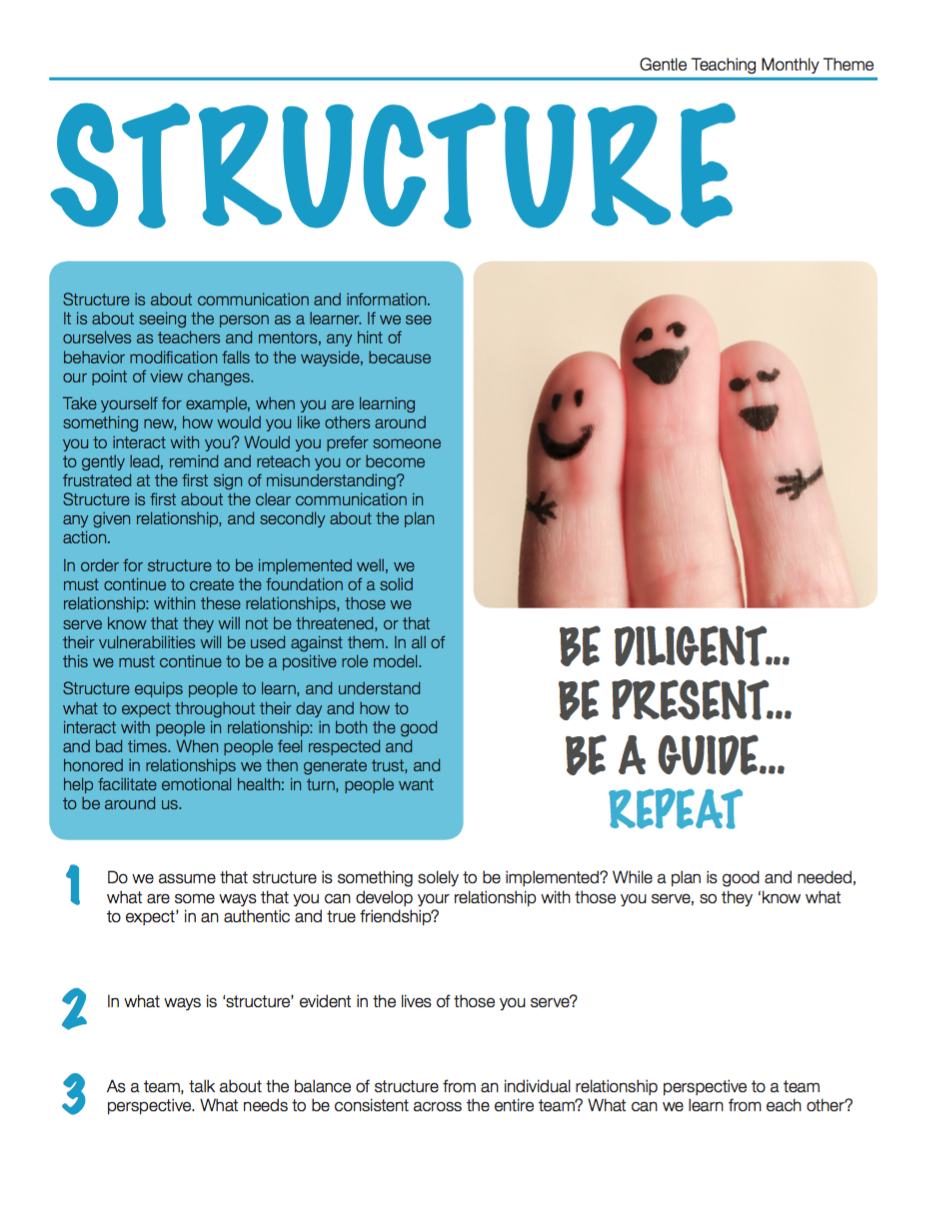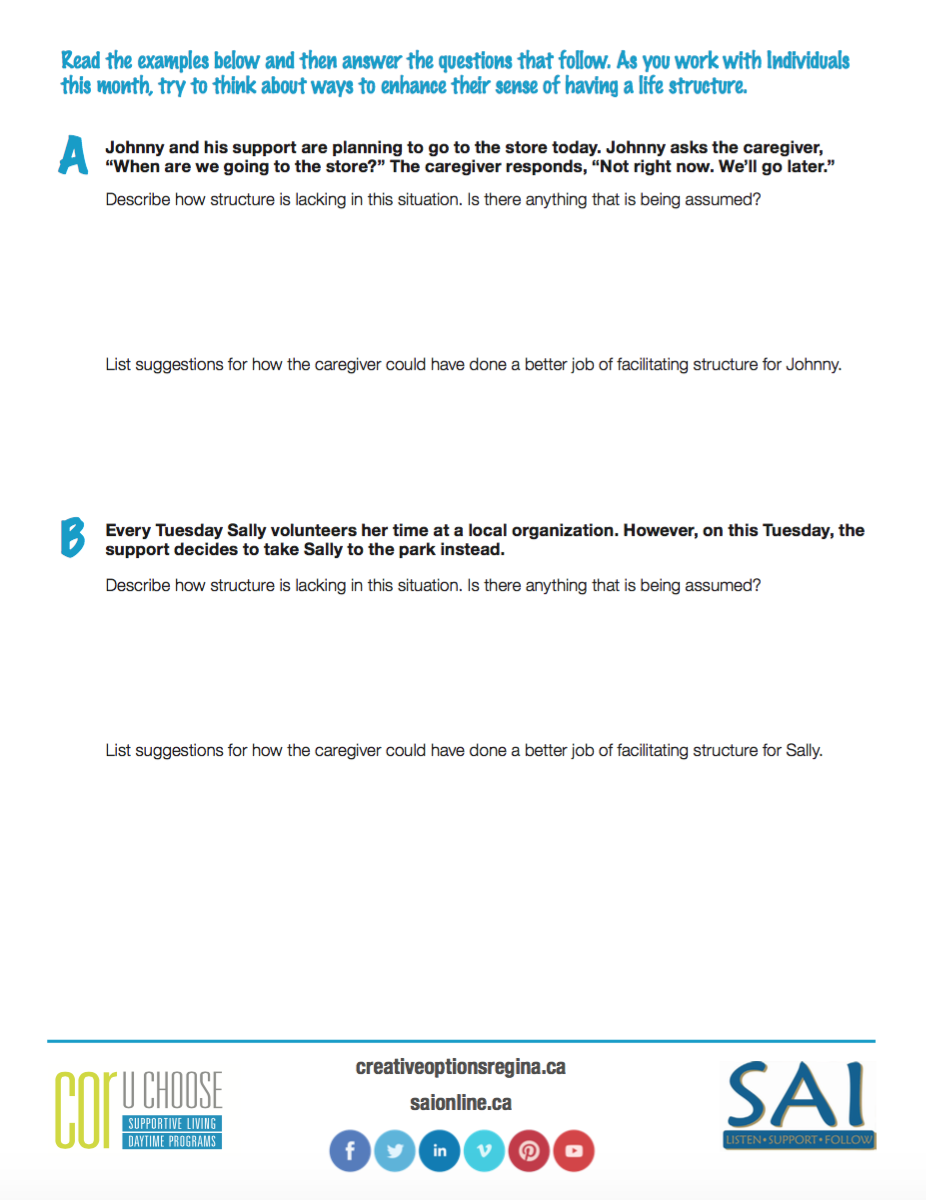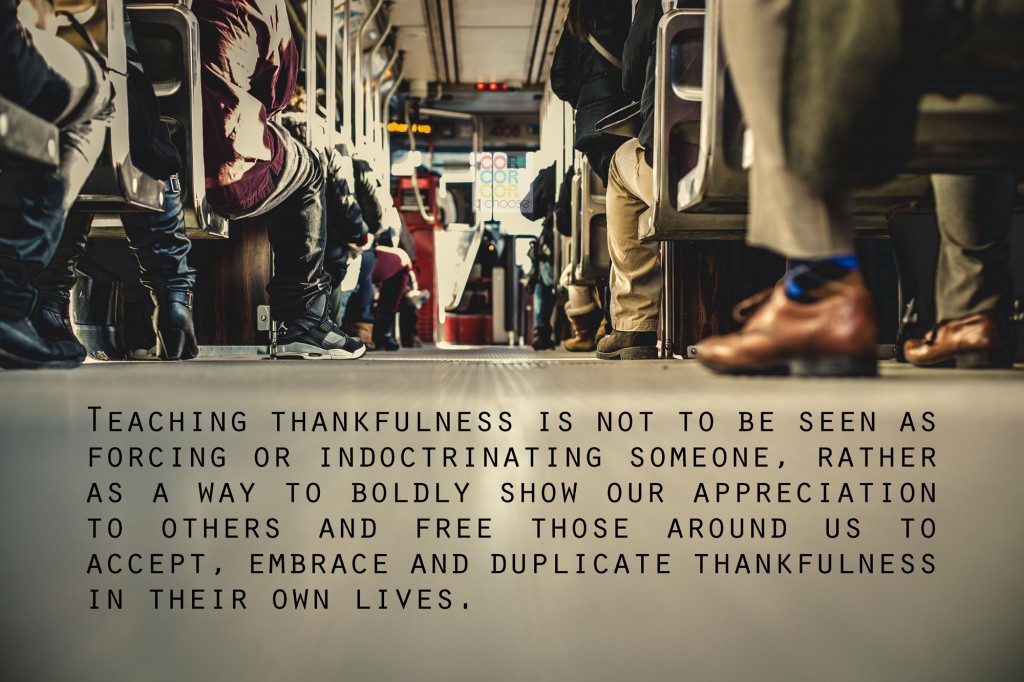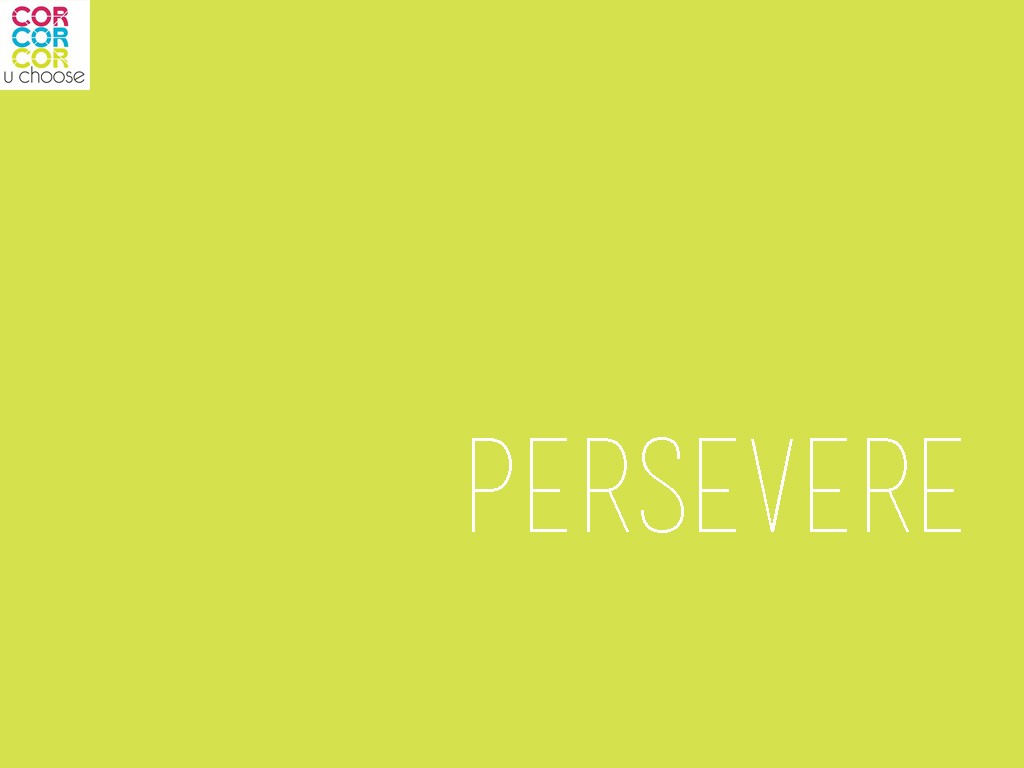“Be A Superhero”
IN PRODUCTION–I’ve often wondered why are stories about superheroes so appealing? And why have they always been appealing throughout humankind’s history? (Recall the Roman and Greek gods and goddesses, and countless other myths of people with superhuman strength and power from all cultures throughout the world from all time.) If I was to give a less than educated guess as to their appeal, I would say that they touch something in us that we all long for…perhaps something missing from our very selves.
The reason I think this is because it seems too trite and easy to say that the appeal lies only in the fantastical. As if to say, just because those stories tell us of something that we do not see in real life they keep our attention. I can imagine a story with many fantastical details that would not make me rush to see the movie or buy the book. That is to say, fantastical does not always equal appealing.
So perhaps superheroes’ appeal lies in the fact that they are marked as special, set apart, different, but in a good way–a way that increases their human potential. I believe that is a better explanation of their universal appeal. I believe it appeals to us because we very rarely experience it ourselves.
If this lack is a common existential experience, what does that tell us about our ontological make-up? Why would we all universally experience the same lack or same desire? Were we meant for something greater? Did we, as a race, have a potential that we lost? Or do we intrinsically have it but lost our ability to see it clearly? Why the common yearning and desire?
And then, why do we feel a lack that we seemingly lack the ability to fill? Even recognizing that one desires to be “more” does not enable one to meet their own desire. Even the richest and most powerful people in the world often report that they feel this same lack in life, like something is still missing.
Perhaps finding out what really quenches that desire or fills that lack is the meaning of life.
1) Decide what you want to accomplish
Is there a specific task/dream that you want to accomplish for someone or with someone?
2) Pick a theme song
Don’t take yourself too seriously! Let loose and have fun
3) Decide what you stand for
What are you fighting for?






